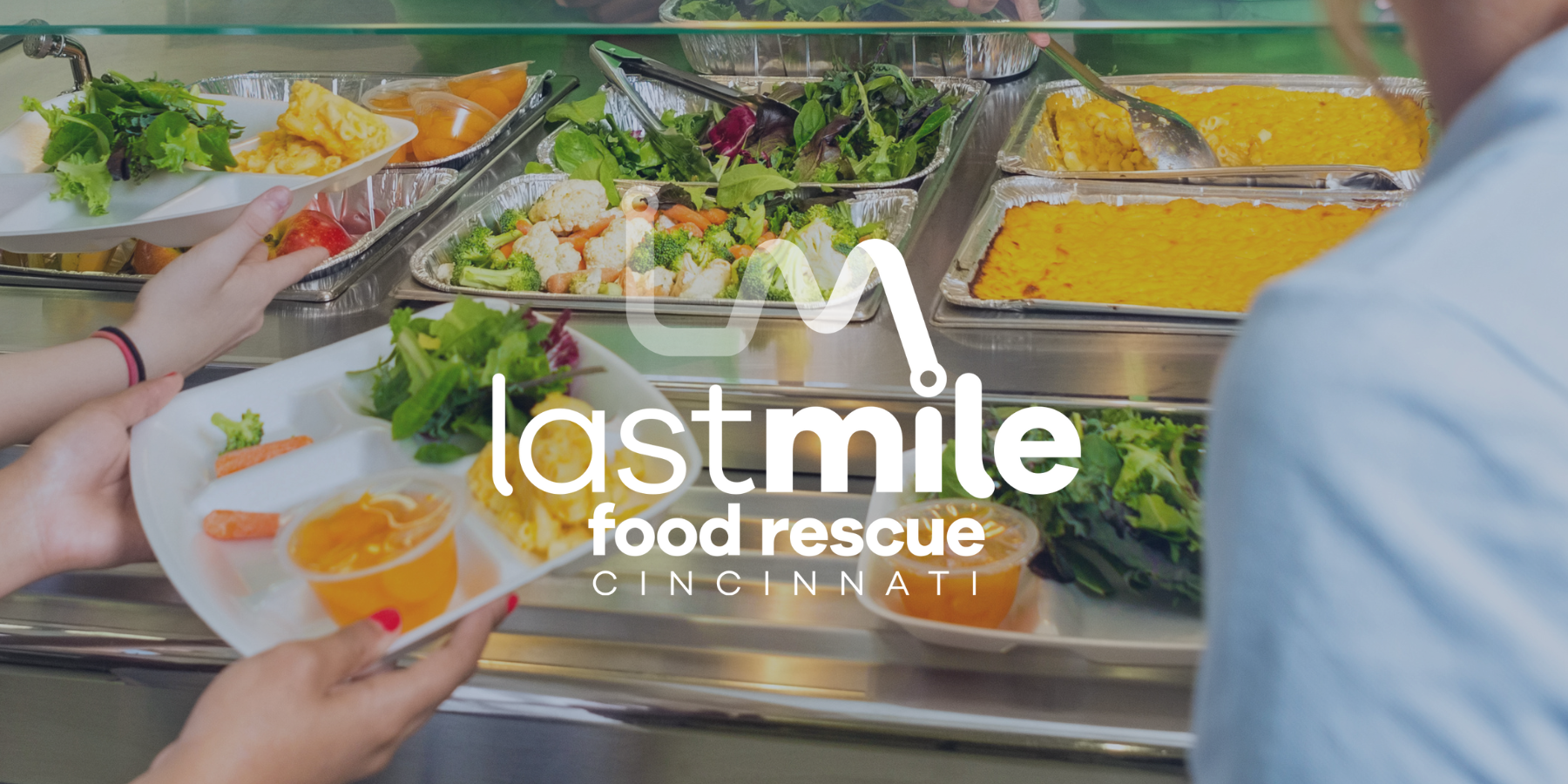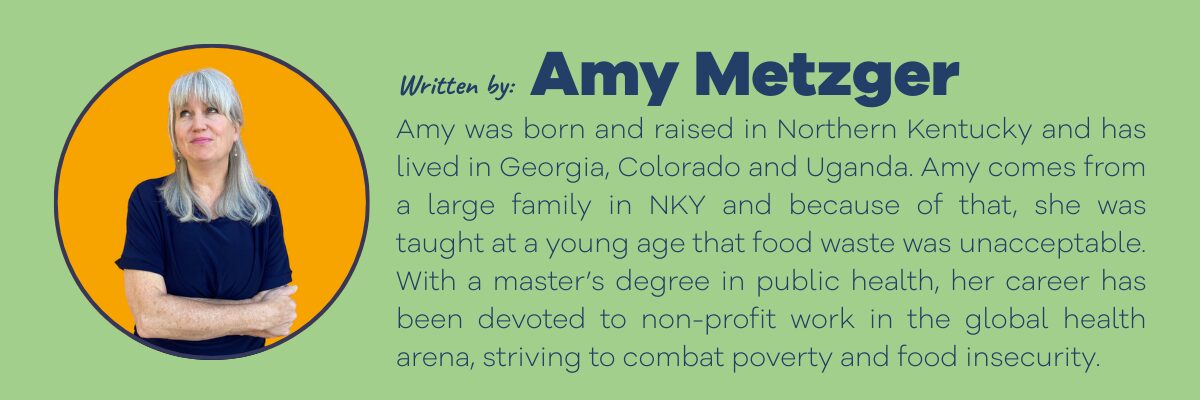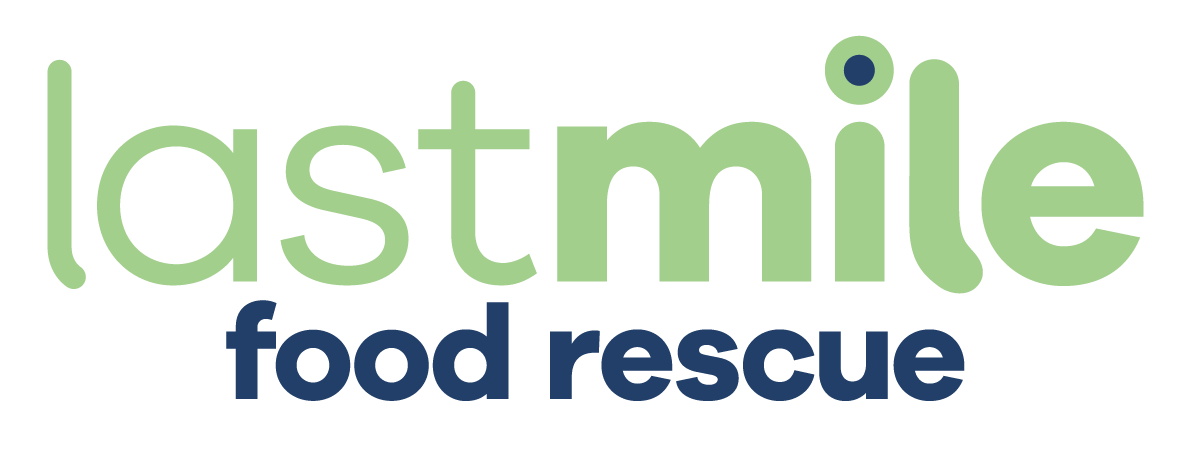From Cafeteria to Community: Rescuing Food and Feeding Families

Last Mile’s school food rescue program is transforming how cafeterias handle food waste, turning leftovers into meals for families. Recently entering the national stage via ReFed’s webinar “From Classroom to Cafeteria: Actions to Reduce School Food Waste,” Last Mile has become a trailblazing leader in rescuing food from school cafeterias.
Let’s take a moment to recognize the true impact of school rescues. Imagine it’s the summer of 2023, and a 9-year-old boy, let’s call him Marcus, was preparing to start fourth grade. Marcus is quiet, with a shy smile, and most days he sits at the same table in the school cafeteria with his friends. That cafeteria is where he eats most of his meals.
Marcus qualified for the National School Lunch Program (NSLP), which means he could count on a healthy, balanced lunch at little or no cost. For him, that lunch was often the only real meal he had all day. Some afternoons, he would wrap part of his sandwich or tuck an apple into his backpack, saving it for later because dinner might not be on the table.
At home, food insecurity shaped daily life. Dinner was never guaranteed. Some nights, there was only a snack to carry him through until morning.
Meanwhile, in that same cafeteria, trays of perfectly good food, including fresh fruit, packaged snacks, and untouched hot meals, are being thrown away at the end of the day.
Thousands of students like Marcus face hunger after the school bell rings, while food that could help them is discarded. This is not because the cafeteria staff lack compassion. The challenge is that most schools have no practical way to store and donate excess food, especially hot meals that require careful handling.
The Bigger Picture of Food Waste in Schools
Marcus’s experience reflects a much larger reality for children across Greater Cincinnati and Northern Kentucky.
- 270,000 people face food insecurity
- 1 in 5 people do not have consistent access to enough food
- Over 27% of school cafeteria food gets thrown away
Rescuing just 25% of wasted food would close the food insecurity gap in our region. School cafeteria food rescue programs are an essential part of the solution.
How Last Mile’s Program Helps Schools and Families
Now let’s imagine Marcus’s school is one of the dozens that joined Last Mile Food Rescue’s cafeteria program. The story starts to shift. Instead of tossing uneaten food, cafeteria staff set it aside for donation. Food Rescue Heroes used the Last Mile app to schedule pickups, collect the food and deliver it the same day to local pantries, shelters, and community centers.
Marcus’s family began receiving some of that rescued food through their neighborhood pantry. On those nights, the air at home felt different. There might be pasta with sauce, fresh fruit, or a loaf of bread on the table. His mom could plate a real meal, and Marcus could eat until he was full. The rumble in his stomach that used to follow him into bedtime was gone, replaced by the quiet focus of finishing his math homework.
Last Mile even supported efforts at his school to strengthen share tables, where students can leave unopened milk, whole fruit, or packaged snacks for others. In some schools, additional resources made it possible to add refrigerators, allowing more rescued food to be shared safely after school or on weekends.
While Marcus’s name and specific story may be created for privacy, it reflects the real experiences of thousands of students across Greater Cincinnati and Northern Kentucky.
The Collective Impact of School Food Rescue
In the 2024–2025 school year alone:
- 68 schools partnered with Last Mile
- 55,000+ pounds of excess cafeteria food were rescued
- That food provided 45,800+ meals to people who needed them most
Instead of ending up in the landfill, that food ended up on dinner tables across our community.
How You Can Help Reduce Food Waste in Schools
- If you work in a school cafeteria or administration: Join the growing number of schools donating their excess food by filling out our form to become a food donor or emailing Erik Hyden, erik@lastmilefood.org, directly.
- If you have time to volunteer: Sign up to be a food rescue hero. With just an hour, you can deliver rescued food directly from a school to a local pantry. The need for volunteers is especially high before school breaks, when there’s often extra food to rescue, so keep an eye out for opportunities during those times.
- If you can donate: Your gift helps keep the technology running, fuels volunteer coordination, and funds share tables and community fridges in more schools.
- If you can, spread the word: Share Last Mile’s mission with your network. The more people who know about school cafeteria food rescue, the more schools, volunteers, and donors we can connect with.
Help turn lunchtime leftovers into lasting change! Whether you donate, volunteer, or connect us with a school, your action makes a difference.

